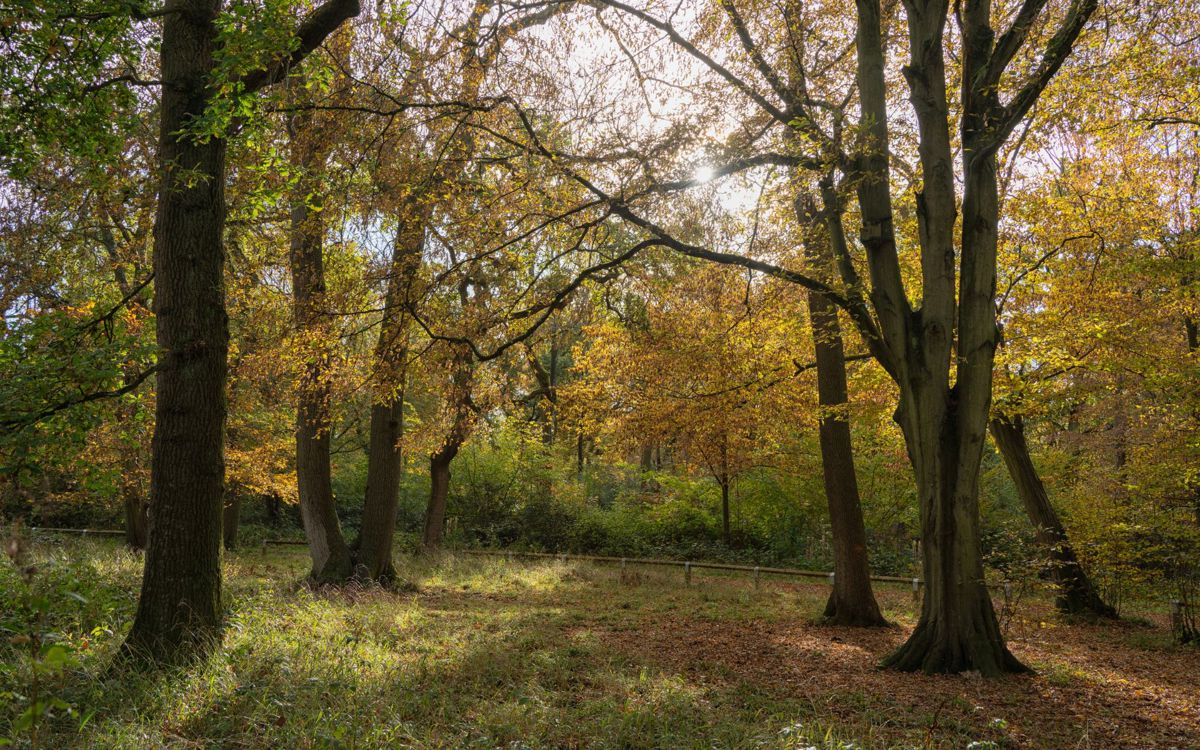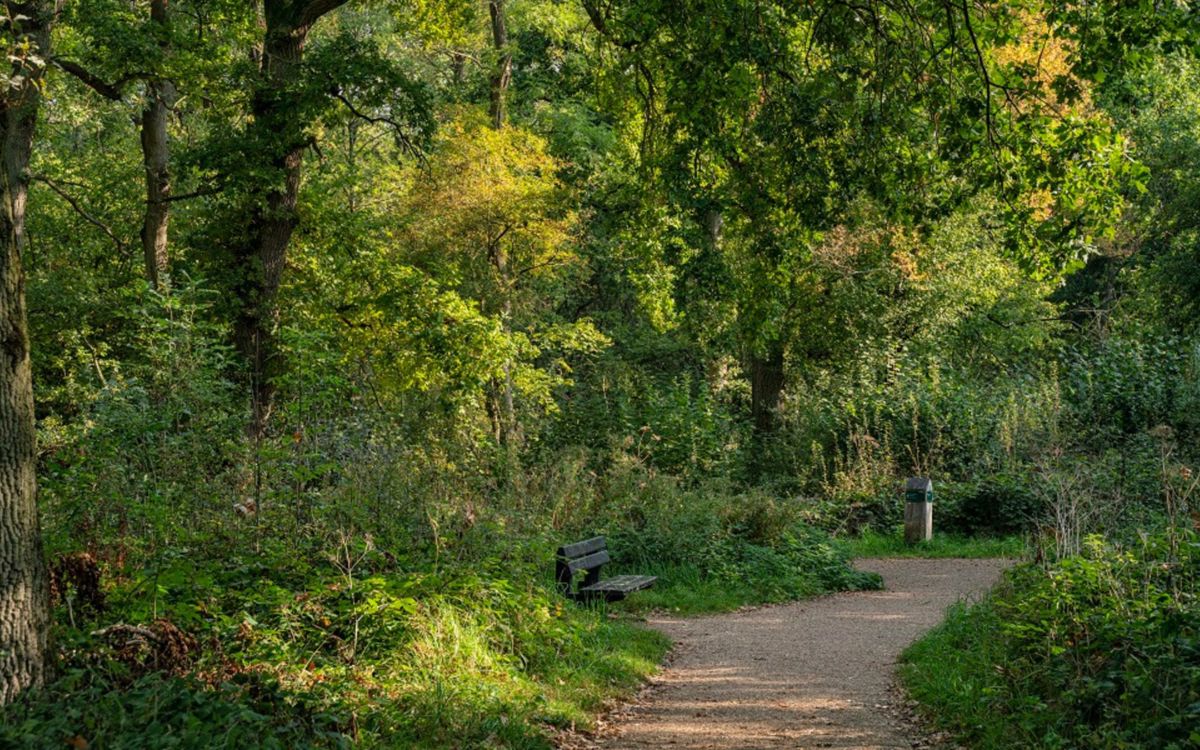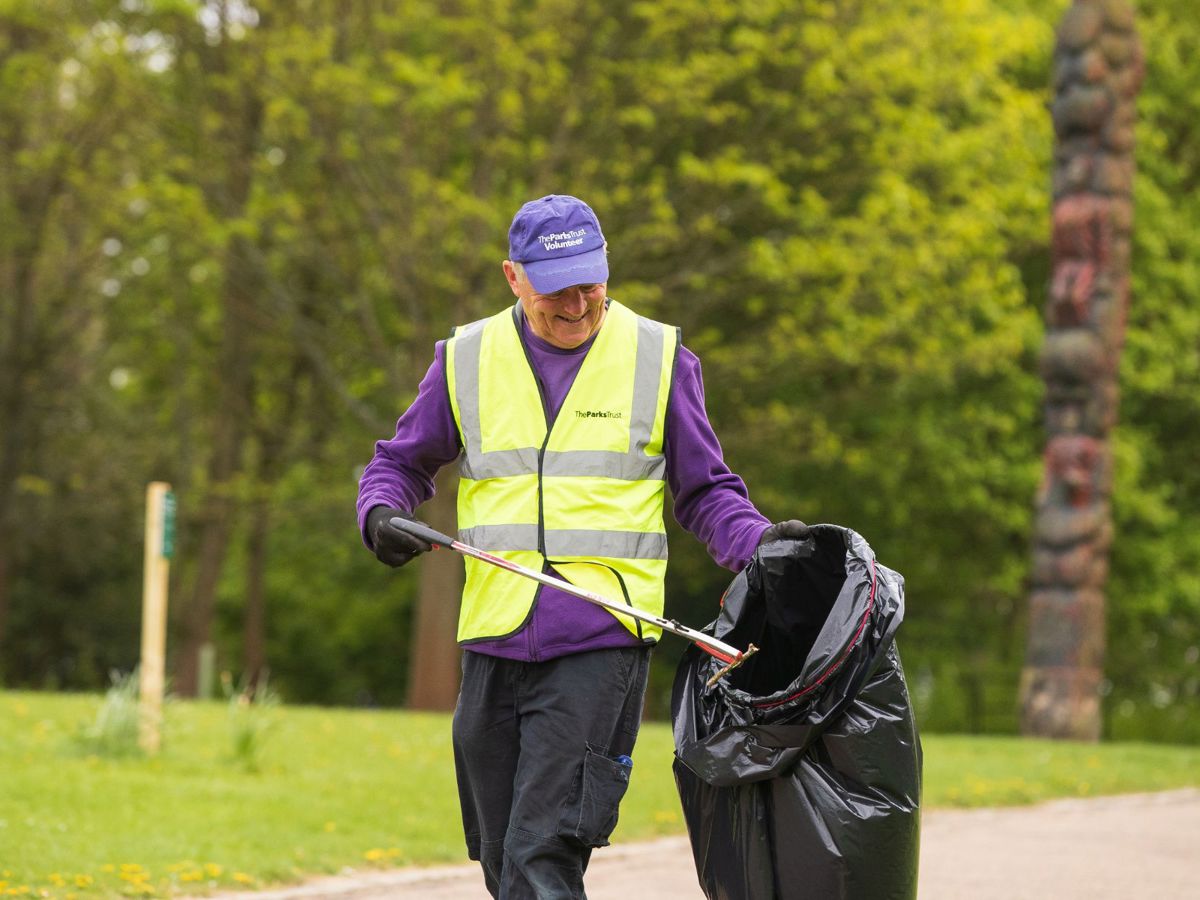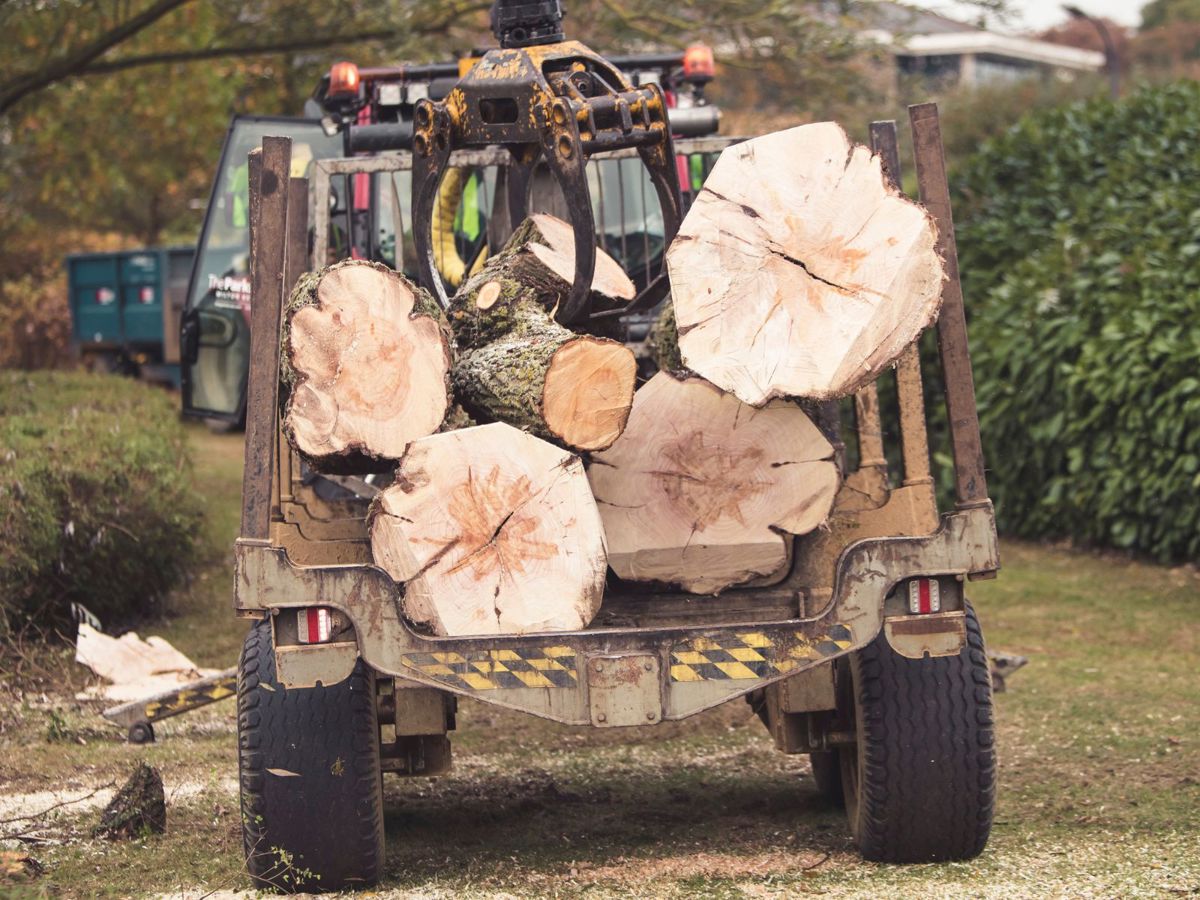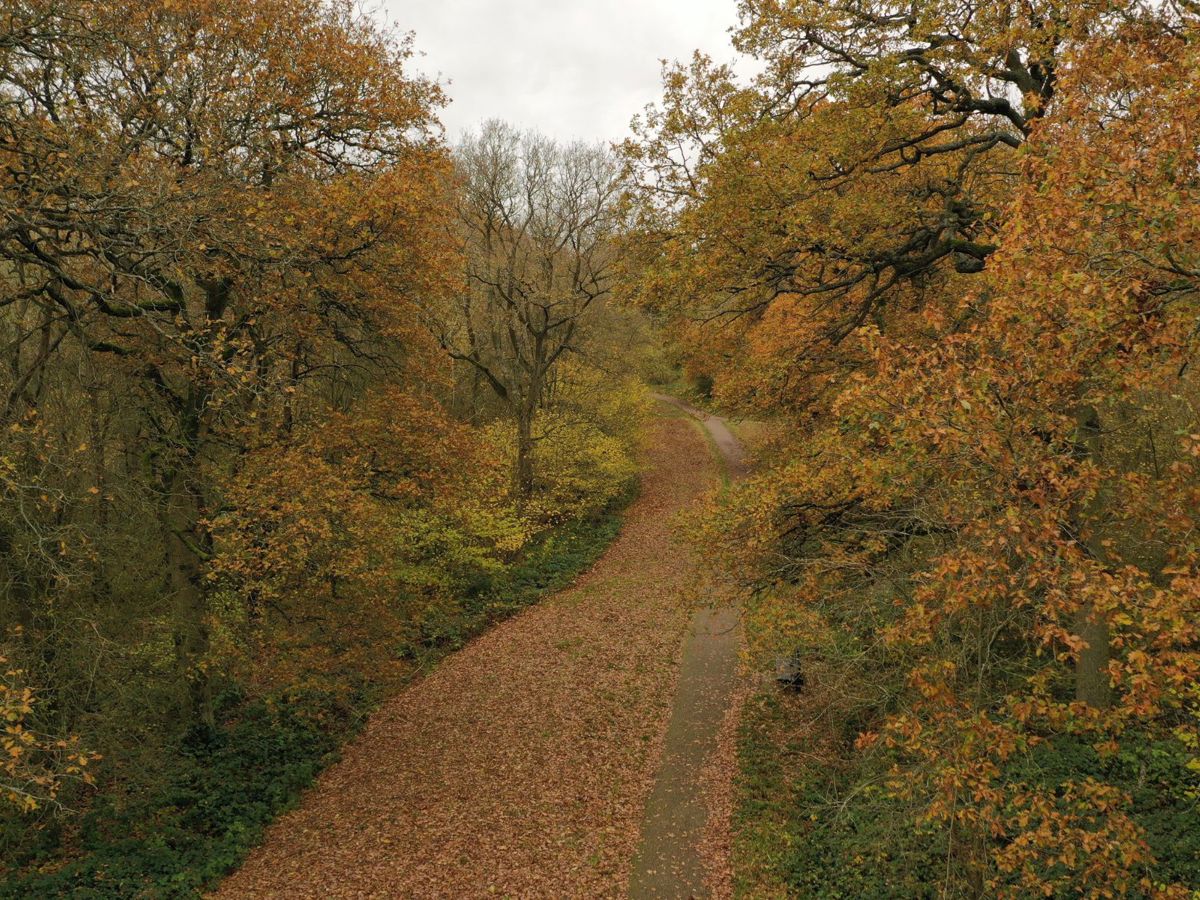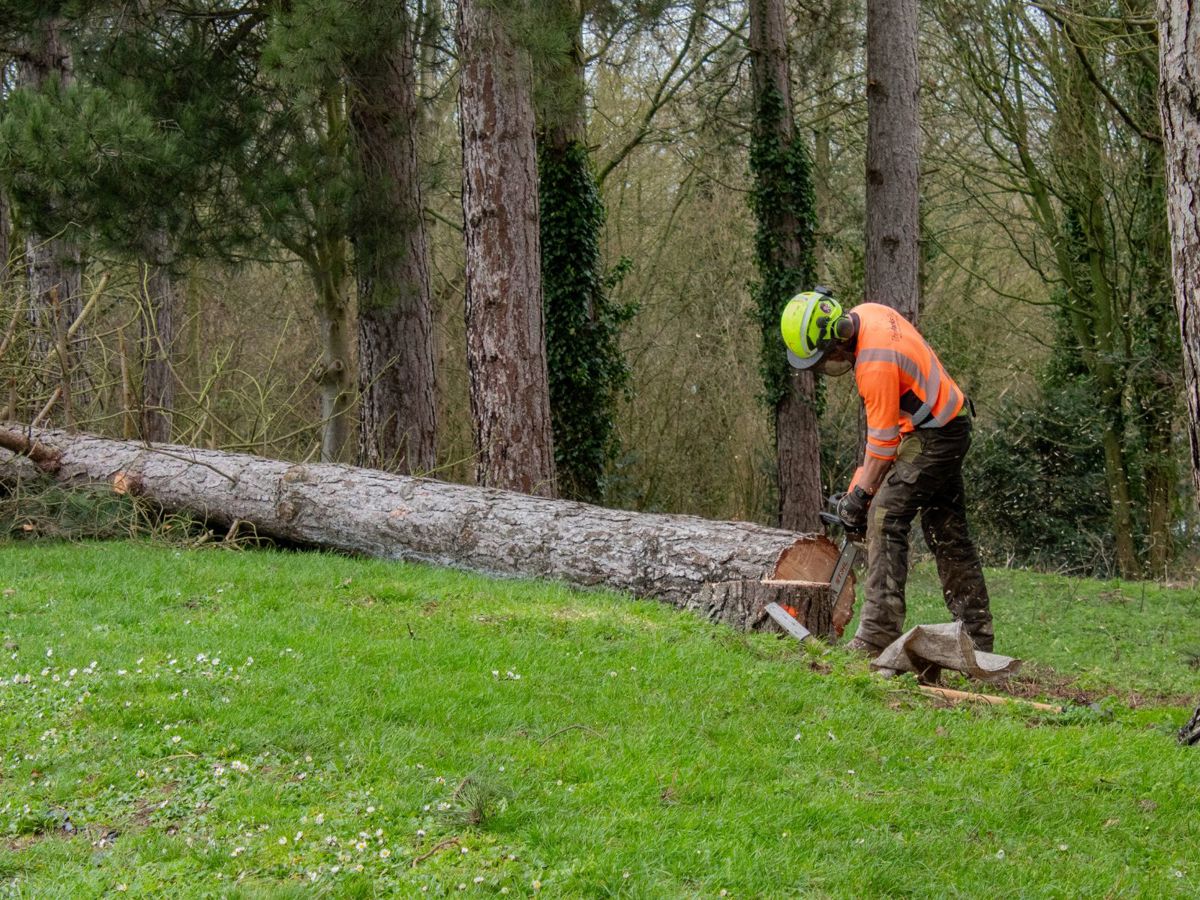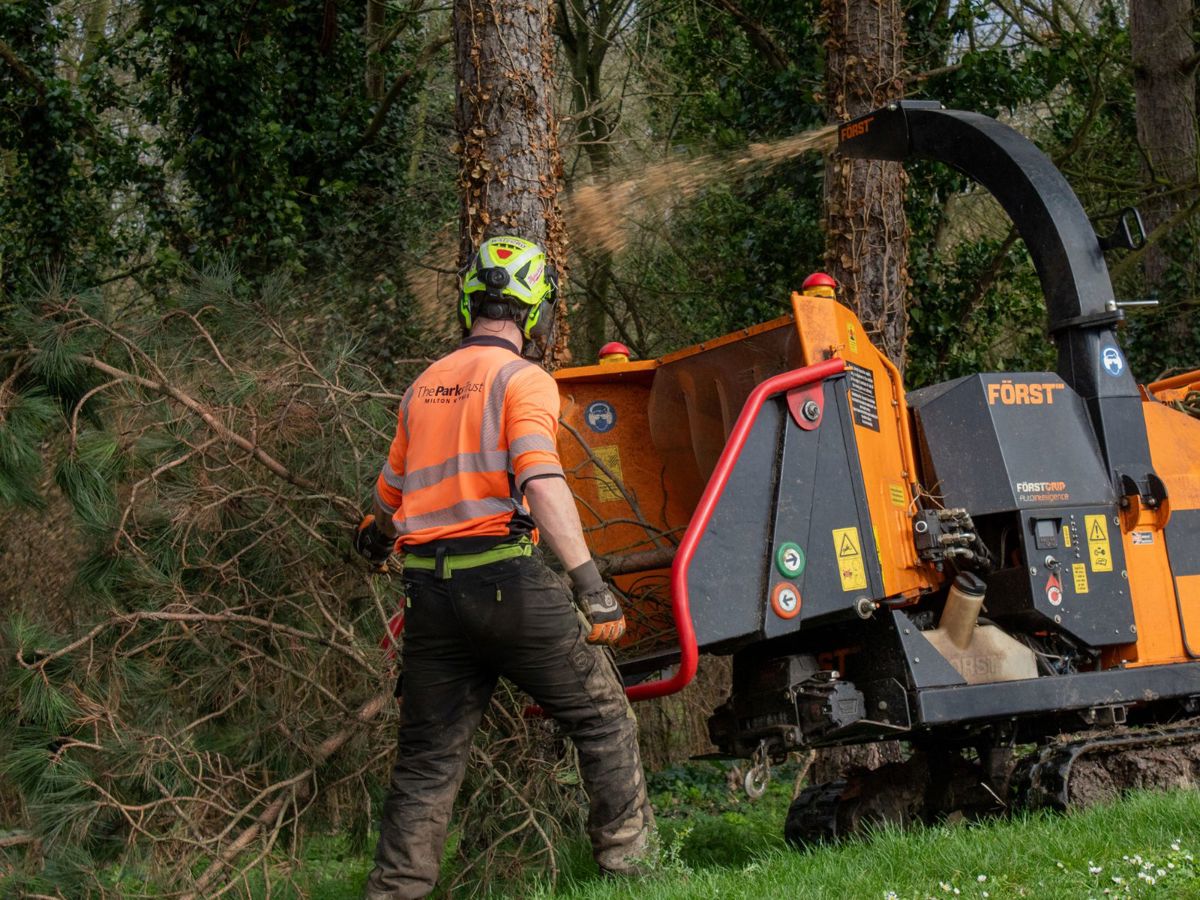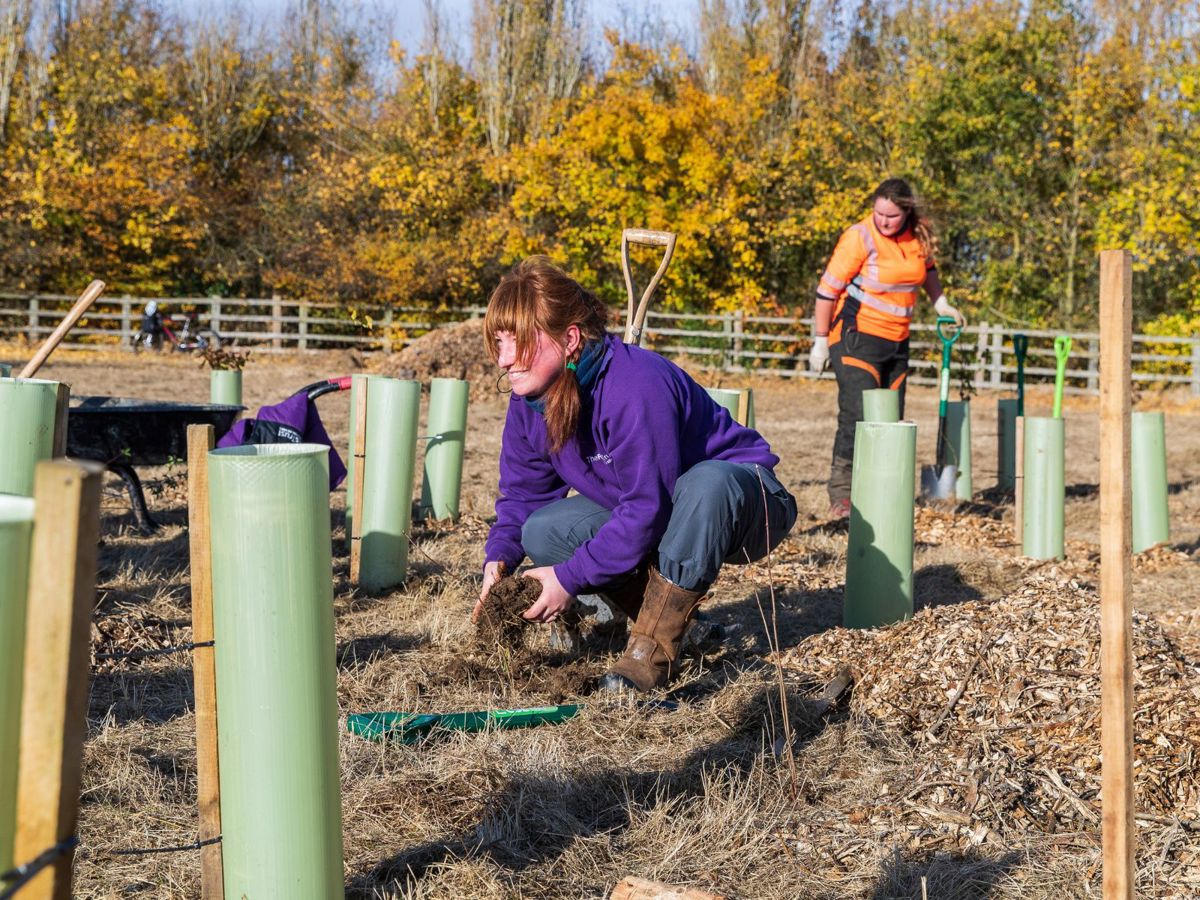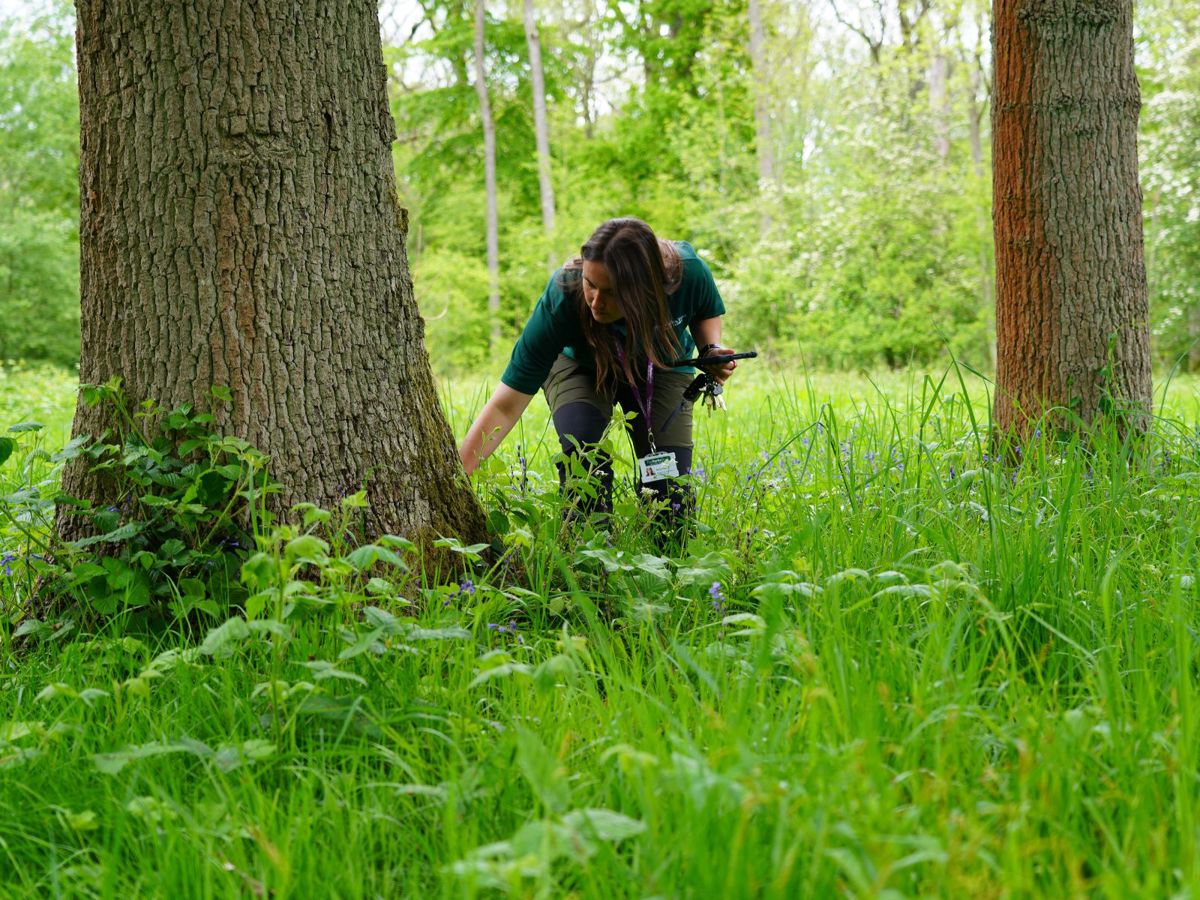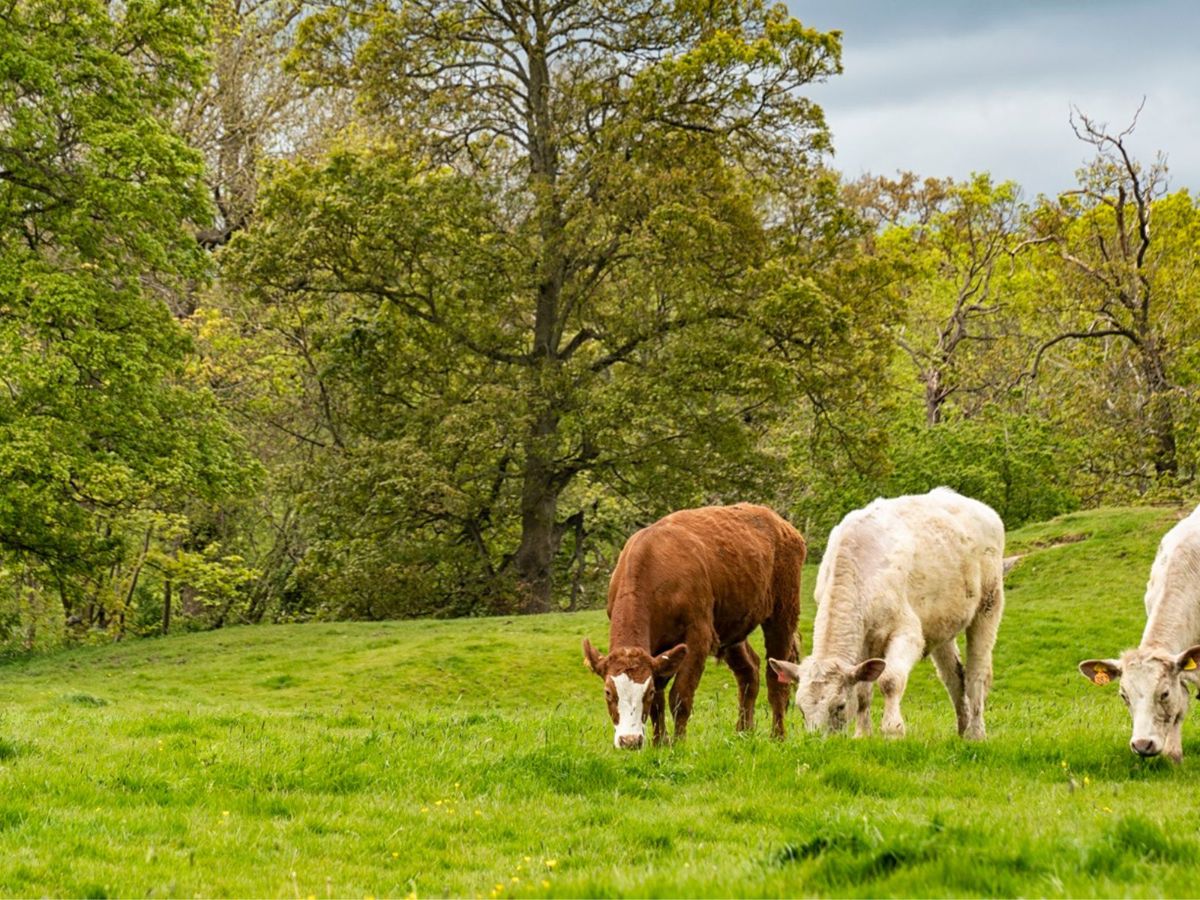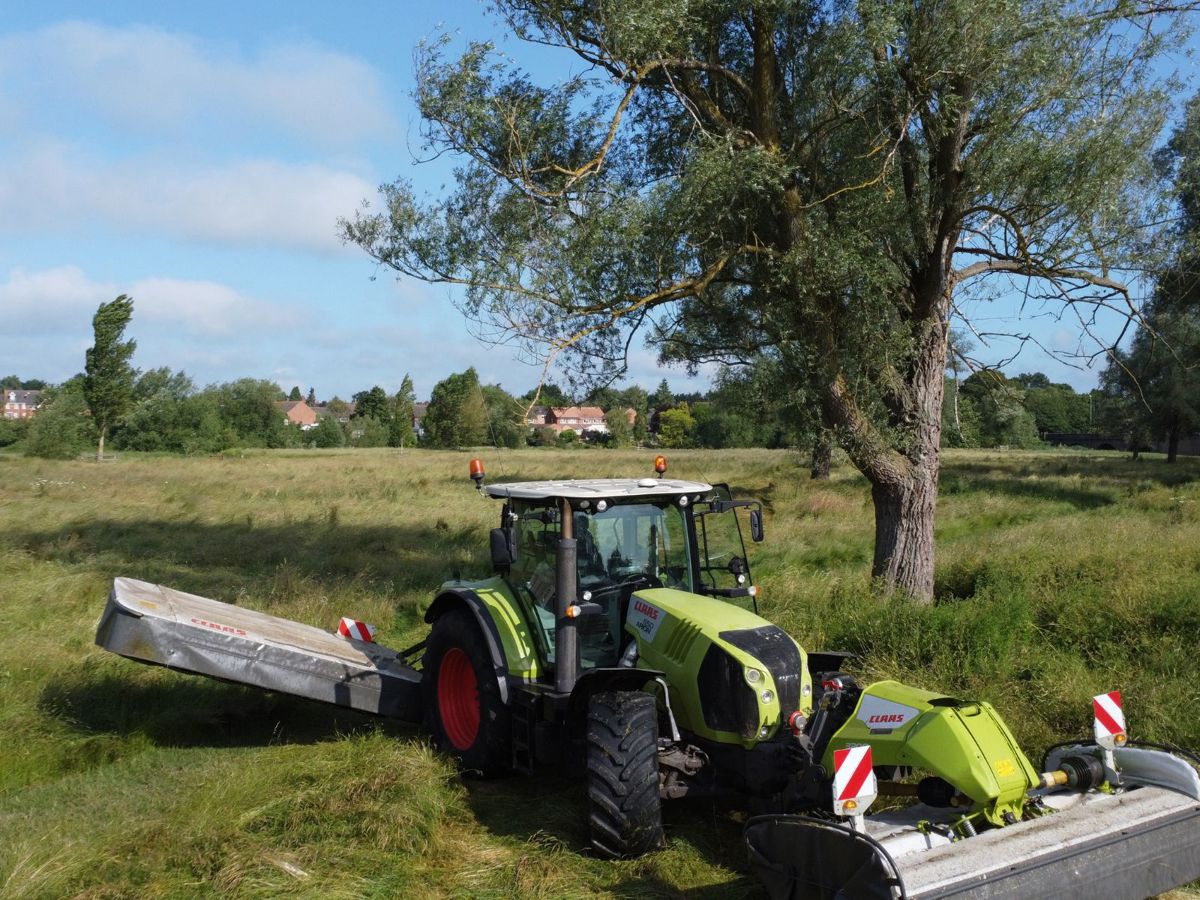
Woodland Management
We use traditional techniques to manage three ancient semi-natural woodlands within Milton Keynes.
Traditional techniques
For a woodland to be classified as ancient semi-natural, the wood needs to have existed before the year 1600, but our woods are much older than this. Two of them are referred to in the Doomsday Book of 1086, and the third was probably referred to in the book under a different name.
For hundreds of years, these woods played a vital role for the local community. Local Lords held the rights over the woodlands and the evidence of medieval deer ditches at Howe Park and Linford Wood show that they would have kept and hunted deer here. Pigs, reared for food, would have roamed the woods. In addition to berries and nuts, these woods also supplied the local community with timber for building, fencing, charcoal, firewood, and general tools. To provide many of these resources, the woods would have been managed using a ‘Coppice with standards’ or 'Coppicing' system.
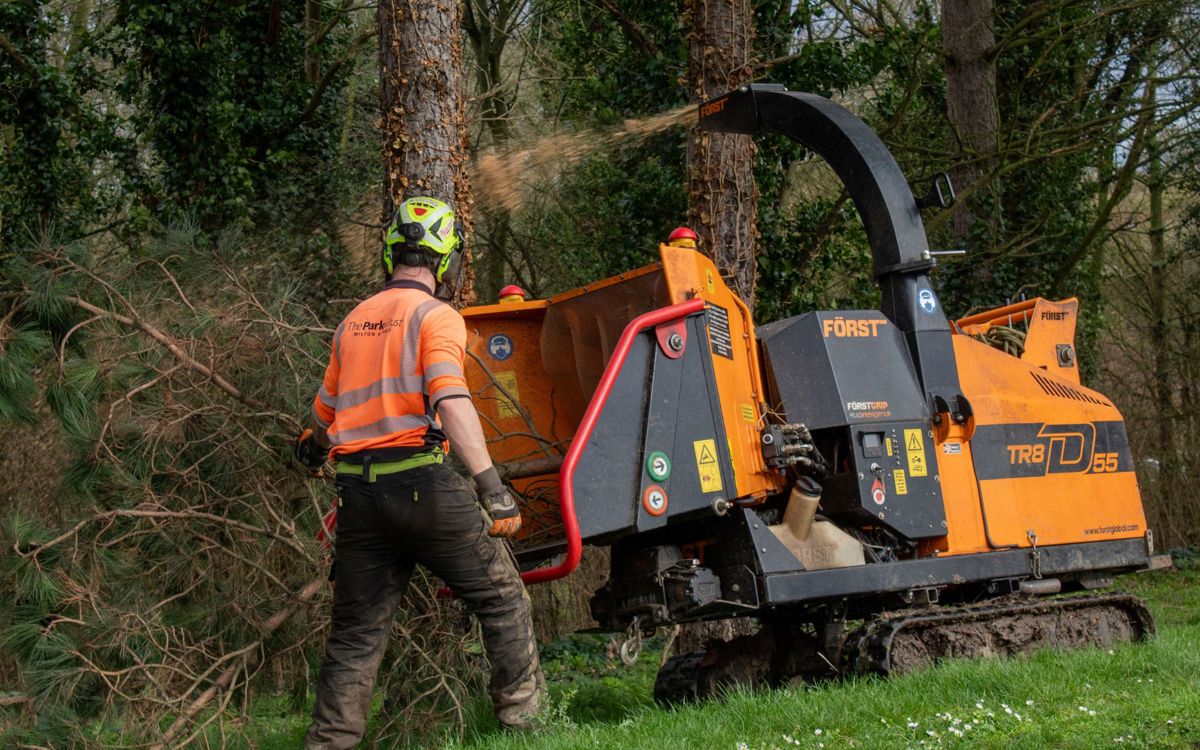
Coppicing
Coppicing is the traditional process of cutting back of certain woody plants to just above ground level (usually 100-200mm) and is one of our many key landscape management practices. This method helps rejuvenate plants and prolong their life.
Our management today
We have adopted the ancient system of woodland management, coppicing. Having used these techniques we are finding that the woodlands are rich in wildlife and plant life. Rare butterflies such as the Black Hair Streak can be found in Howe Park Wood, which is a Site of Special Scientific Interest (SSSI). Great Crested Newts can be found in the woodland ponds and there are lots of rare invertebrates found in the woods, along with numerous specialist and ancient woodland indicating plants.
We carry out most of our tree works in the autumn and winter months to avoid bird nesting seasons and to carry out maintenance whilst the trees are dormant.
During this period, you'll spot our dedicated landscaping team carrying out tree thinning, coppicing and planting work to develop the city's landscape and keep the parks safe for all to enjoy.
Find out how we care for over 6,000 acres of green space including parks, ancient woodlands, lakes, river valleys and 80 miles of landscaped areas along the grid roads.

